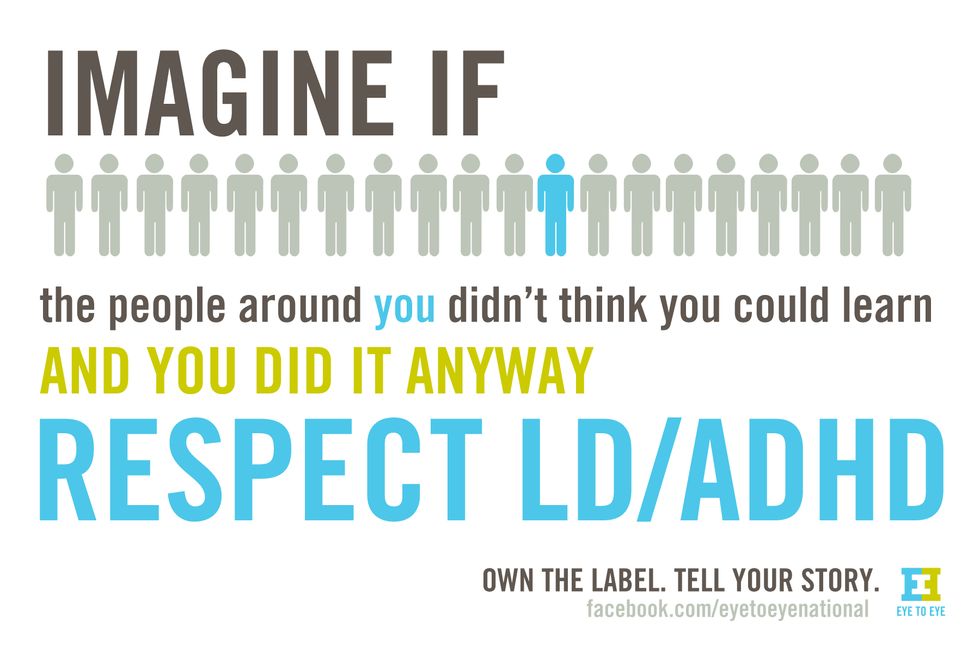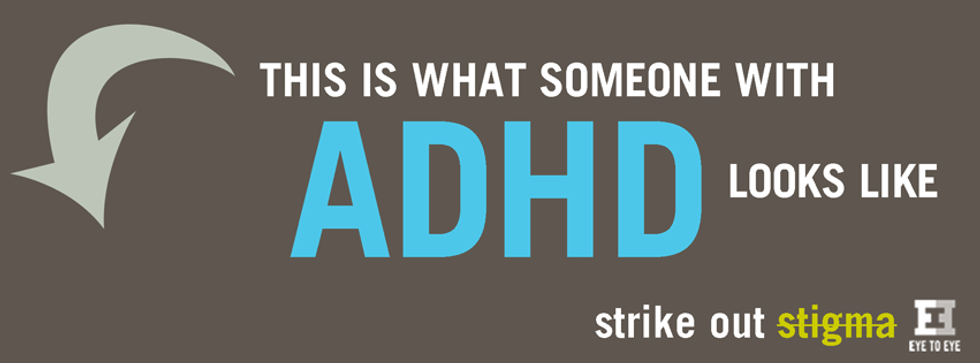A room full of young and bright academics and colleagues titters. We are seated in an auditorium of moderate size, crowded together at circular tables with strangers and new peers, determined to impress each table’s assigned partner – one of many financial supporters of the nonprofit organization hosting this conference, who will now learn first-hand how their money is being put to use. It’s time to put our game faces on, and provide our best representation possible. Continued funding is the goal. Hands beneath the table fidget.
At long last, a staff member comes around to our group. “Ready? Set… Go!”
There is a scraping and rising cacophony as each chapter leader and volunteer jumps up from their chairs, rushing all at once to the back of the room. Laid out here on a dozen or so tables, we find a splendorous display. I head straight for the Model Magic, while others gaggle around the chenille sticks or gather colored foam paper. In between are googly eyes, popsicle sticks, hot glue guns, stick-on jewels, and more. The goal? Show “the money” what it’s all about by collaborating in a massive, room-wide art project called the Utility Belt, with which we will represent to our sponsors what it’s like to have a learning difference or ADHD.
This is just one glimpse into the setting I have found myself occupying this past week, wherein I’ve had the pleasure of participating in a six-day Organizing Institute (OI) hosted by an organization called Eye to Eye. The week has been spent with 119 other learning disabled or ADHD students, and chaos is the name of the game. It’s been, hands down, one of the best weeks of my life, and something I’ve come to believe wholeheartedly that everyone else should know about.
“Eye to Eye” is a national nonprofit mentoring organization founded right from where I type, which is beautiful Providence, Rhode Island. What makes E2E unique, though, is its target demographic: students with LD (learning differences or disabilities) and ADHD. High schools, colleges and universities in cities across the US partner with elementary and middle schools in their own local communities, and host weekly “art rooms” at the mentee schools. At art rooms, students with LDs/ADHD go through an art-based curriculum specifically designed to stimulate the growth and development of self esteem, socioemotional competence, coping mechanisms, self-advocacy tools, metacognition, and more. But the most important aspect of this mentorship, to me, is where it’s coming from; older students who also have LDs/ADHD and have still managed to continue their education and find success and empowerment. Learning specialists, teachers, caregivers, parents: how many of these people in an LD child’s life can say they’ve been where that child is right now, and survived?
This is truly the crux of E2E as an organization, and as someone with ADHD who has gone through it all, I want to talk about why that’s important.
When I was in middle school, my academics began to suffer severly. I hadn’t been diagnosed with ADD/ADHD at this point; in elementary years, it had slipped under the radar — inattention was seen as introversion, distractibility was just childishness, and impulsivity was petulance. I had always been a reader, and the short and simple homework we had been given up to this point was never unfinished. In 6th grade, though, this changed. As workload increased in quantity and quality, I had a disquieting revelation; homework was hard to finish. I wasn’t used to not succeeding in school. And as the weeks passed, it only got harder. I started getting lower grades, seeing a series of ‘0’s in the gradebooks, not keeping up in class. And the harder it got, the worse reactions I received.
“You are so smart! You should be doing better.”
“C’mon, Chain. Apply yourself.”
“I just don’t understand; why aren’t you trying harder?”
I withdrew because I no longer understood how the idea of myself related to my performance. I avoided other people because they would only scold and punish me. I hid things from my parents because they refused to believe that it was anything other than my fault. And a decade later, I still consider that one of my worst times. As if middle school itself isn’t hard enough, I was struggling in a way that no one – much less myself – understood. The impact of that negativity has lasted far beyond the echoes of the time itself.
Now imagine that I had had Eye to Eye during those years.
I can picture a growing awareness that there are differences in learning, and that they can present differently; that the ways I experience and process my education are present in others; more importantly, that they can be harnessed to succeed.
Eye to Eye teaches youth that it is possible to achieve in a different way. It also teaches them that they may need help, that they deserve help, and that they CAN get help. It teaches them how to tell their story and how to ask for what they need. It teaches them to recognize strengths and challenges. It teaches them to actually recognize how they work best.
And finally, it teaches them that they are not alone.
This week, I have been surrounded by more people with LDs/ADHD than I have ever seen gathered together before in my life. The feeling of exuberance and exhilaration that stems from not being the only one, not being the odd one out, not being strange or weird or unfortunate, and instead being in a celebrated community, is indescribable on the most fulfilling level. The model here is visibility, connection, and pride.
And you know what? The model works. E2E is currently in year 2 of a 3-year pilot research program dedicated to studying the neurological impact on students who participate in an Eye to Eye art room; and as of this second year, the results are conclusive in their evidence that Eye to Eye significantly increases self-esteem, decreases emotional disregulation, and positively impacts several other factors in youth who attend the program. Scientifically and anecdotally, the mentorship Eye to Eye provides has a meaningful, life changing impact.
Eye to Eye National began as two people working out of an apartment in Brooklyn. Now, there are Eye to Eye chapters in 20 states and Washington, DC. Eye to Eye ambassadors have spoken in all 50 states, have spoken at schools, have been keynote speakers, and have lobbied to Congress. There is a dedicated national staff and, as of this summer, 120 Chapter Leaders across the US. And on Friday, we were present for the official launch of the Eye to Eye iPhone app, which offers a condensed version of our curriculum available for free to students or workers who want to benefit from our program but are either ineligible or have no chapter in their town. I’ve already downloaded it, and encourage the rest of you to check it out. An Android release of the app is soon to come.
Many tech companies in my home state of California are considered leaders in innovation and social good. Often international charities are featured in the public eye, and individual celebrities are frequently hailed for speaking up on important issues. I am here to advocate that growing nonprofits like Eye to Eye get a chance to be on that list as well, to become a household name. I guarantee that each and every one of you knows multiple people with a learning difference or ADHD, especially if you already know me! The good that can be done by Eye to Eye is immeasurable, and increases with every new individual who learns about the program and what it needs. So be the person to advocate for the inclusion of programs like this at your local college or high school. Invite an Eye to Eye diplomat to come speak in your community. Recommend the app to your friends’ kids, or your younger cousin, or whoever in your social circle might need it.
There is a way for us to get better, and that is by mobilizing positive change. There is more to be done, there is more to come, and while both of those remain true I am blessed to have had the opportunity to join the Eye to Eye community.
#LDproudtobe
Author's Note: While I now am a part of the organization written about in the article, I have received and will receive no rewards, favors, payment, or other compensation for this article, and was not asked to write it by anyone involved in Eye to Eye. The above represents entirely my own opinions and experiences.























